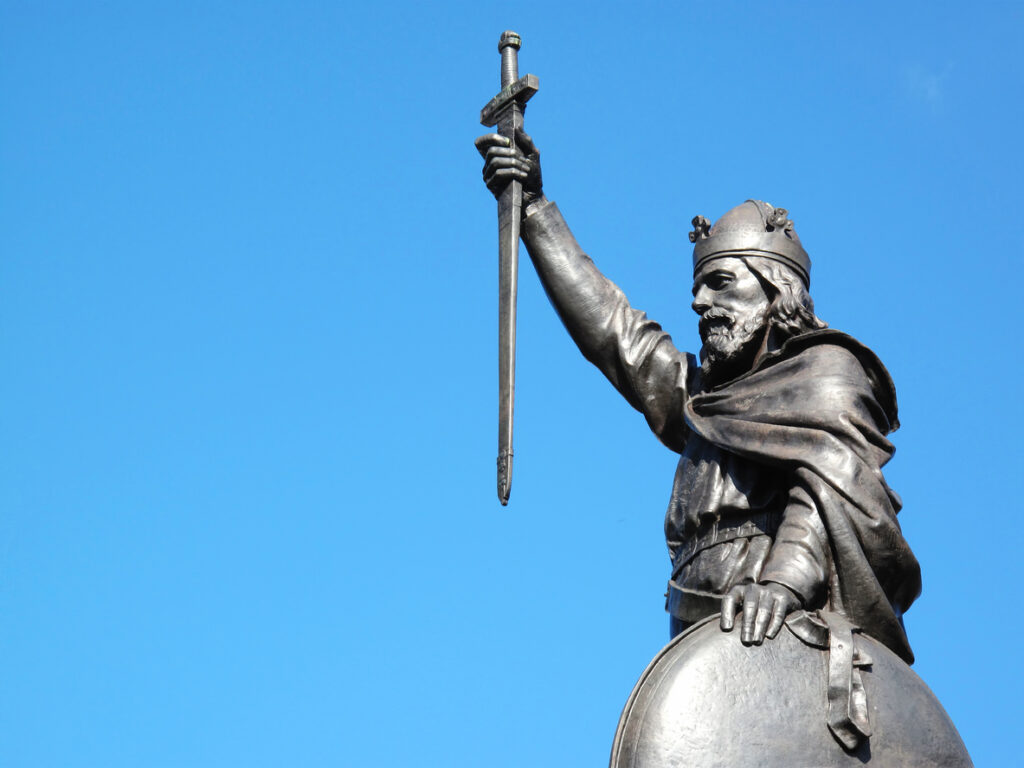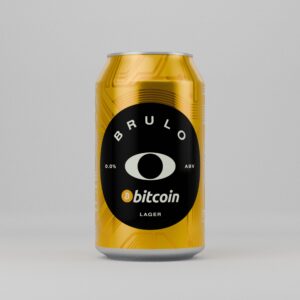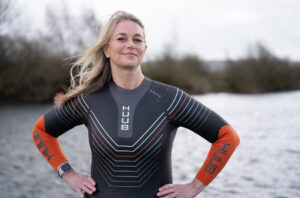Dig down deep on the Anglo-Saxons

King Alfred The Great's statue designed by Hamo Thornycroft and erected in 1899 stands at the eastern end of the Broadway in Winchester, Hampshire, England with copy space
Summer holidays are here. But after so many lost days of learning, why not keep your youngsters up to the mark with some fun learning while school is out. Former primary school teacher Abby Milnes of education resource experts PlanBee starts with history
The Netflix hit film The Dig, starring A-list actors Ralph Fiennes, Carey Mulligan and Lily James, led to a surge of interest in Anglo-Saxon history. It tells the story of the excavation of the Anglo-Saxon longship that was unearthed at Sutton Hoo in 1939, a find dubbed ‘Britain’s Tutankhamun’.
So who lived in Britain in the centuries after the departure of the Romans and before the arrival of the Vikings. Once known as the Dark Ages, we now know that The Anglo-Saxons valued craft and art and traded with Europe and beyond.
Where did the Anglo-Saxons come from?
Anglo-Saxons came from all over Europe, including Denmark, Germany and the Netherlands. They were known at the time as Jutes, Angles and Saxons. They lived in Britain between 410 AD and 1066 AD, settling in the country after the Romans left following the collapse of the Roman Empire.
Battling the Britons
The Anglo Saxons began to fight the Britons left behind by the Romans for land, farms and villages. The Britons moved north and west into areas that are now Wales, Devon, Cornwall and Northern England.
Most people earned their living on the land as farmers but there were craftsmen who worked with leather, wood, pottery, glass and other materials to make shoes, furniture, pots, pans, belts, jewellery and other objects. There were no large cities, no schools and no formal legal system. There were no doctors yet, either. Some people earned their living travelling from place to place as jugglers, jesters or musicians.
Just eat
Anglo-Saxons ate what they could grow, harvest, rear and catch. Cows, pigs, chickens and geese were raised and many wild animals were caught. There were hares but no rabbits at this time. Domestic animals gave eggs, milk and cheese. They caught fish and other seafood too, including oysters. Food was sweetened with honey. They grew wheat and rye which they made into bread, and barley to make beer. They grew fruits and vegetables, including carrots, turnips, onions and garlic, as well as many herbs. Sweetcorn, turkey, potatoes, chillies, sugar and chocolate wouldn’t come to England for hundreds of years.
Anglo-Saxons drank beer and a fermented drink made from honey called mead. Weak beer was drunk by everyone, including children.
Telling tales
In their free time, many Anglo-Saxon villages would come together and tell stories. This was an important learning opportunity for children and people enjoyed telling stories to each other. One famous tale that we know of from this time period is the story of Beowulf, a powerful warrior who conquered the foul creature Grendel.
There were strict ranks in Anglo-Saxon Britain. Kings were the most important people, followed by nobles who helped the king run his kingdom. Thanes were given control over land by the king in exchange for fighting in battles. Farmers and craftsmen would live and work on the land given to the thane. People were fiercely loyal to their thane and their king. Women and slaves had no rights and could not own land.
Laws were harsh. Liars had their tongues cut out and thieves had their hands chopped off. Sometimes, a criminal was given a trial by ordeal, such as holding a red-hot iron. If the wound was healed, they were declared innocent. ‘Weregild’ was paid as compensation if you injured someone or did wrong to someone. Hanging was introduced to Britain during the Anglo-Saxon era and became one of the most widely used punishments.
Faith of all sorts
When the Anglo-Saxons first came to Britain, they brought their beliefs in gods, goddesses and religion with them. However, in AD 597, Pope Gregory, the leader of the Christian church, sent a missionary to England. After that, an increasing number of people became Christians and the Anglo-Saxons started to build churches. However, many people held on to their traditional beliefs and mixed them with Christianity. An example of this is the Christian celebration of Easter. This got its name from the pagan goddess of spring: Eostre. In springtime, pagans would feast and celebrate the new year. This became mixed with the Christian festivities to celebrate Jesus’ resurrection.
Nordic noir
In 793 AD Vikings from Norway, Denmark and Sweden first raided a monastery in Lindisfarne on the northeast coast of England. Over the next 100 years, Viking raids became more and more common, with the Vikings eventually beginning to settle in England and create villages of their own. They were powerful warriors and in 865 AD a huge army arrived in England conquering massive areas of North and East England.
After many violent battles the king of Wessex, King Alfred, brokered a peace treaty in 886 AD with the Viking king, Guthrum. He became known as Alfred the Great, king of the English.
Six Anglo-Saxon Fun Facts
The period after the Romans left Britain used to be known as the Dark Ages. This is because many of the advancements in technology the Romans brought with them were lost and Britain largely returned to how it was before the Romans invaded and settled there.
The names Essex, Sussex and Wessex are derived from the name Saxon and a compass direction. South Saxons = Sussex, East Saxons = Sussex and West Saxons = Wessex.
Some of our modern English words, such as the days of the week, come from the Anglo-Saxon language (sometimes called Old English).
Much of what we know about the Anglo-Saxons comes from the Anglo-Saxon Chronicle.
King Alfred was the first to call the people living in his kingdom Englishmen.
There were tribes of people living in Scotland at the time called Picts and Scots.





